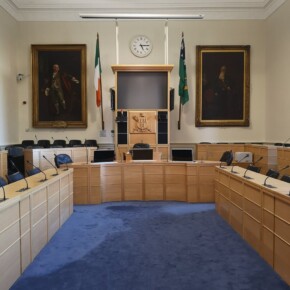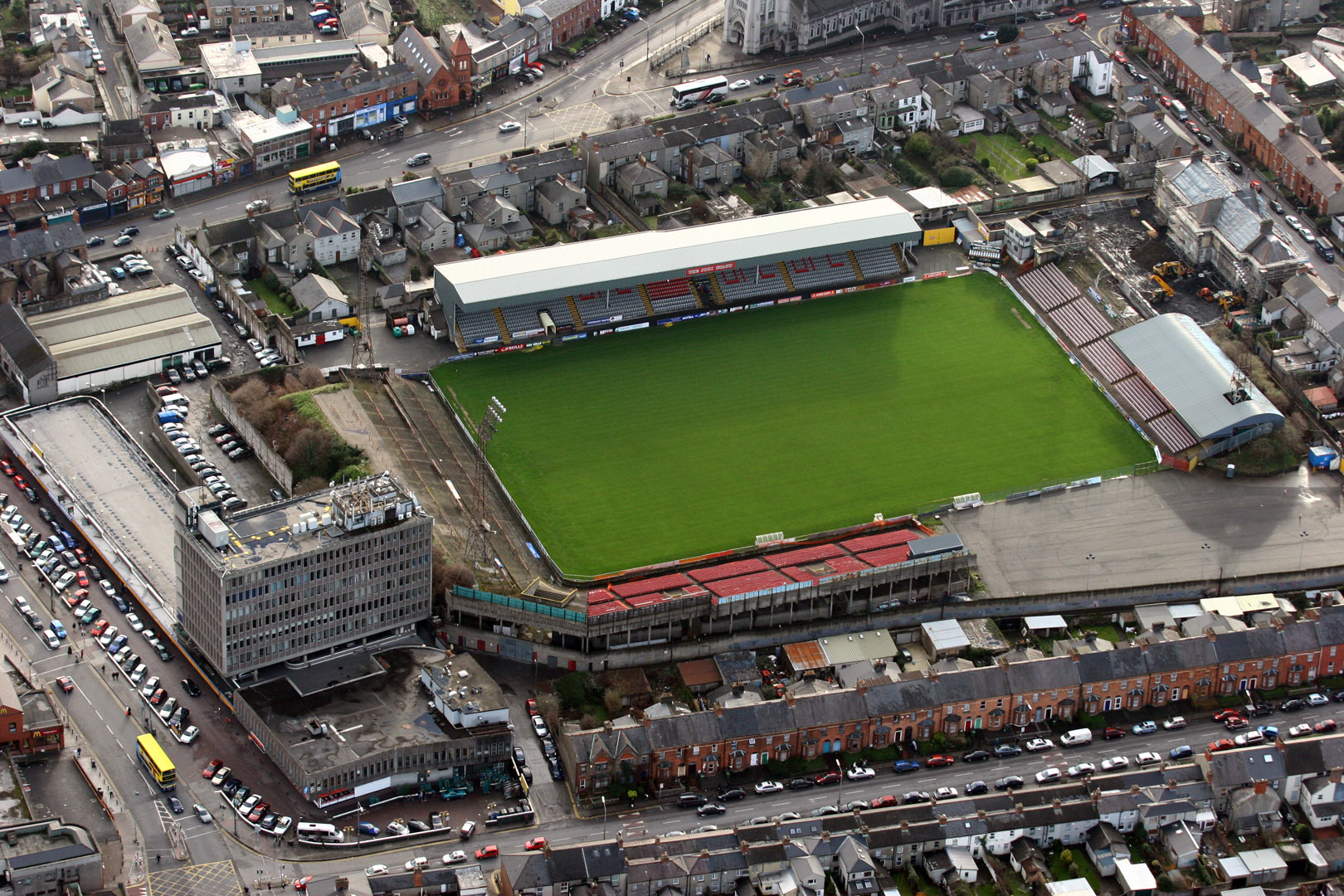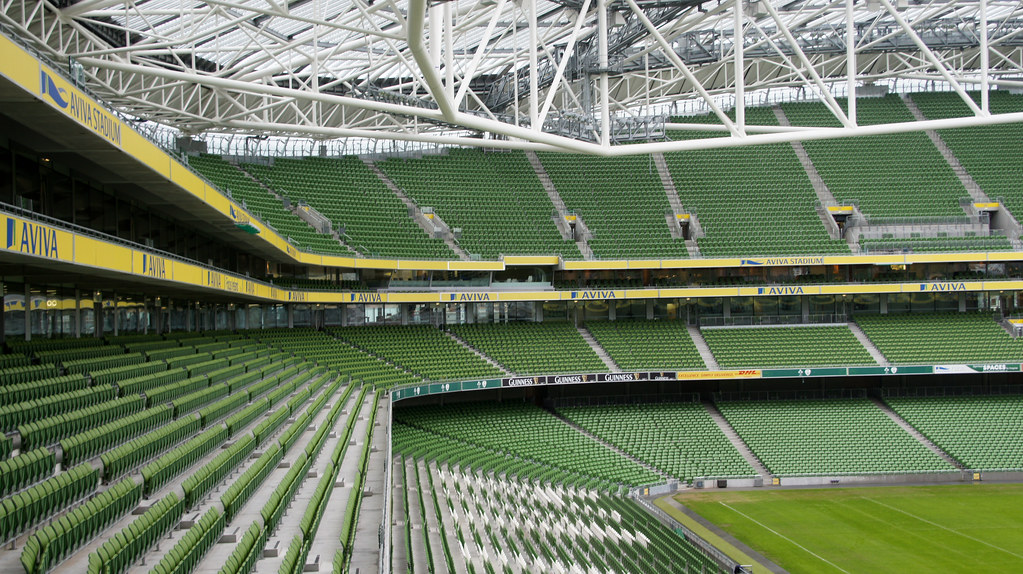Census data mapped out to show property patterns across Ireland
Padraig Conlon 02 Jun 2023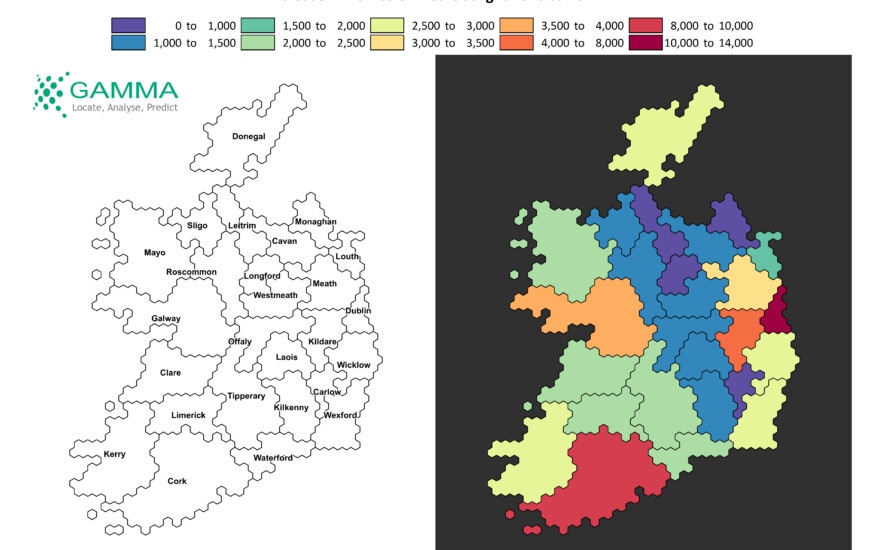
Gamma, a location intelligence technology company, has mapped out the 2022 Census data which shows an increase in the number of households – this has gone up by almost 140,000 – and reveals a shift regarding the number of homes being owned outright.
In fact, the number of homes owned outright now stands at 37% – which equates to 679,718 in total and is 112,949 properties more than in 2011.
In comparison, in 2011, there were more households that were owned with a mortgage than owned outright.
This has been reversed over the last decade with the number of households being owned with a mortgage falling by 51,941.
Looking at the rental sector, there are an additional 48,457 households recorded as rentals in the 2022 Census compared to 2016.
Meanwhile, there are an additional 63,373 households which are owner occupied.
Rented properties are slowly increasing their share of the overall property market in every county in Ireland, with the exception of Kildare and Wicklow.
This is particularly evident in Dublin City, where 9 of every 10 additional households in the area are rentals.
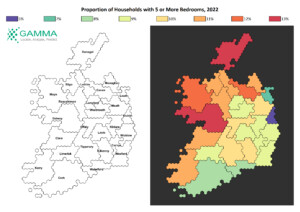
Proportion of households with 5 or more bedrooms 2022
The number of households who rented their accommodation from a private landlord rose by 7%, or 20,904 properties, to 330,632 between 2016 and 2022.
There were an additional 10,014 households renting from a Local Authority, which is fewer than the 13,115 additional households renting from a voluntary body.
In terms of the biggest increase in the number of households at a county level, Meath saw the largest percentage increase (13.6%).
The other counties which saw increases of over 10% are all in and around Dublin, with Kildare showing a 12.5% increase, followed by Fingal at 11.4% and Wicklow with 10.3% more households in 2022 compared to 2016.
Richard Cantwell, Lead Consultant for Gamma Location Labs, commented: “It’s positive to see such a large proportion owning their properties outright. With the current housing situation, it is perhaps unsurprising that fewer households are owned with a mortgage and highlights the need for more supply.
“It could also explain why people’s behaviours are changing in terms of property type and size.”
In almost every county, detached houses are the most common property type.
The exceptions are Galway City and most of Dublin where semi-detached houses dominate, as well as Dublin City and Cork City where terraces are most common.
In that vein, the number of permanent private households has increased from 1,697,665 in 2016 to 1,836,728, an increase of 8.2%, which is slightly higher than overall population growth.
Last year’s Census also highlighted a jump in households in purpose-built apartments, having grown from 5.5% of all household types to 10.4% between 2002 and 2022.
Despite this doubling, the proportion of Irish households that live in flats or apartments is far below the European average of 46%.
Meanwhile, the bedsit as an accommodation type is falling out of favour.
Compared to 2016 when there were 3,266 private households living in bedsits, the total now stands at 1,659.
The 2022 Census was the first time people were asked about the number of bedrooms in their home, with the results finding that three bedrooms is the most common (35.7%), followed by four bedrooms (25.7%) and then two bedrooms (15.9%).
One-bedroom households accounted for just 5.5% of households, while 7.8% have five or more bedrooms.
The Census also showed that there are 565 palatial mansions with 10 or more bedrooms across the country – somewhat surprisingly, there are more of these in Galway City (57) than in Dublin City (55).
Understandably, Dublin City Council area has the highest proportion of one and two-bedroom houses in the country, with 43% of properties falling into this category.
In rural counties in the west, this figure is much smaller, with Galway County having the smallest proportion of one and two-bedroom properties (13.1%).
This trend is also reflected in the figures relating to properties with five or more bedrooms, with the same two areas (Dublin City and Galway County) at the opposite end of the scale. Just 2.7% of properties in Dublin City have five or more bedrooms.
In Cork City that figure is 5.7%. Dun Laoghaire-Rathdown tops the list of urban counties with 9.1% of properties there having five or more bedrooms – significantly more than South Dublin (4.1%) and Fingal (5.6%).
As well as changing property trends, the Census also showed significant shifts in the age profile of the populace, which has been tracking upwards for some time. Some 15% of the population are now aged over 65, compared to 13.4% in 2016 and 11.7% in 2011.
These shifts are further reflected in the 1.4-year increase to the average age across the country, which now stands at 38.8 (up from 37.4 in 2016).
Since the last Census in 2016, the population of Ireland has increased by 387,274 (or 7.5%) to 5,149,139.
This is the highest population in the 26 counties of Ireland since 1841, when it was 6,528,799.
Commenting on this, Richard Cantwell said: “We can see from the Census results that Ireland’s population is continuing to mature and grow, and it’s very interesting to see the variations in housing types and ownership across the country in the context of these demographics.
“For example, the maturing population could be the driver of more outright home ownership in certain areas, while increasing population is impacting on the rental market in others”.



